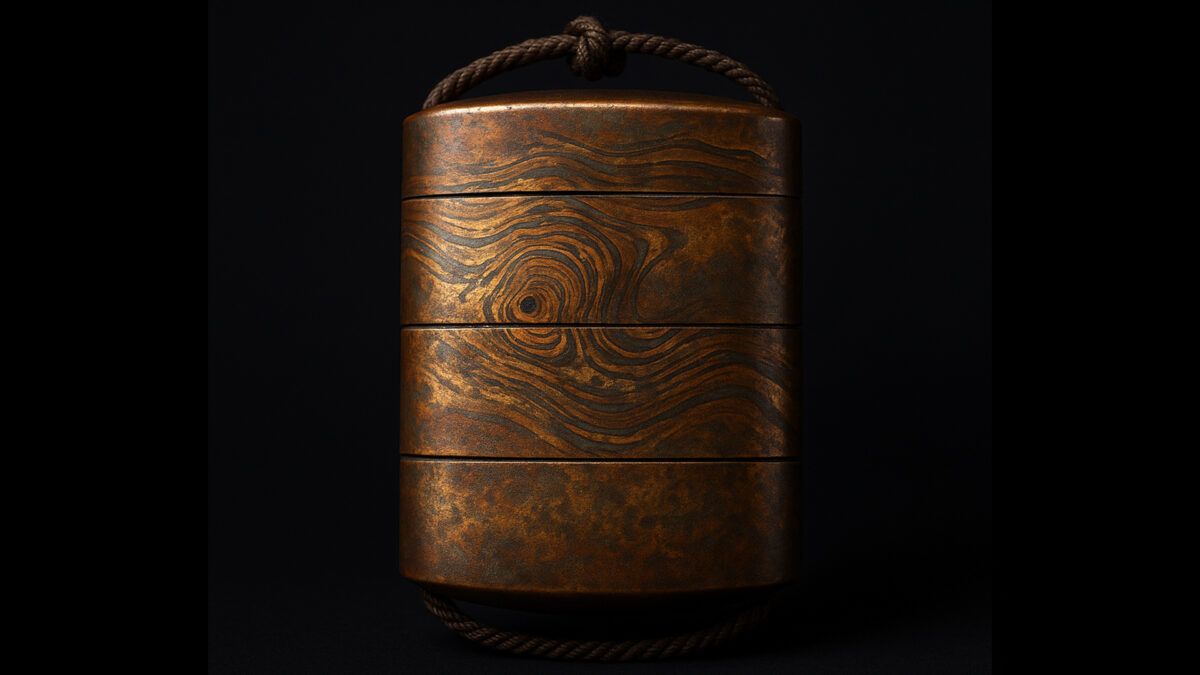Japanese Mokume-Gane Artists Thriving Abroad
1. Hiroko Sato-Pijanowski
— A Pioneer Introducing Japanese Metal Techniques to the U.S.
Origin & Base: Born in Tokyo, currently resides in Michigan, USA
Background:
- Graduated from Rikkyo University in 1964; earned M.F.A. from Cranbrook Academy of Art in 1968
- Taught at the University of Michigan starting in 1978, significantly influencing the U.S. jewelry scene
Connection to Mokume-Gane:
- In the late 1980s, introduced traditional Mokume-gane techniques to the U.S. through workshops
- Later developed and published polymer Mokume-gane decorative techniques
Achievements:
- Held numerous lectures and workshops across the U.S.
- Named a Fellow of the American Craft Council (2000)
- Her work is cited in academic and craft history literature for preserving traditional techniques
2. Anneville Studio
— A U.S.-Based Japanese Artist Promoting Mokume-Gane Through Workshop Practices
Representative: Japanese-born female artist (name undisclosed)
Location: Based in Chula Vista, California, with other locations
Background:
- Studied jewelry and metalwork starting in 1991; earned M.F.A. in 1999
- Taught four levels of metal arts courses at Southwestern College (2003–2014)
Mokume-Gane Activities:
- Since 2007, collaborated with Northern California artists (including Toshiyuki Ogawa) to teach traditional patterning and forging techniques
- Produces and sells Mokume-gane engagement rings and hosts regular workshops in the U.S.
3. Ryuhei Sako
— A Passionate Artisan Pursuing Pure Mokume-Gane Abroad
Base: Operating in North America (Canada or USA; exact location unknown)
Activities:
- Specializes in “billowing Mokume-gane” pattern design and commissions
- Incorporates techniques learned from Japanese mentors into original methods
Note:
Due to limited public information, details such as current base and representative works are unverified.
4. Collaboration with James Binnion (Supplemental)
— A Cultural Bridge Through Joint Efforts in Technique Promotion
Overview:
- U.S.-based Mokume-gane artist James Binnion has worked with Japanese artisans in workshops and technical exchanges
- Some projects have included Japanese assistants or co-creators, fostering cultural exchange and collaborative learning
Note:
While Binnion himself is not Japanese, he is introduced here as a key figure in cross-cultural Mokume-gane promotion.
Conclusion: Japanese Artisans Spreading Mokume-Gane Worldwide
- Hiroko Sato-Pijanowski served as a bridge of tradition and education, introducing Mokume-gane across the U.S.
- Anneville Studio’s Japanese founder has rooted this craft in local communities through workshops
- Ryuhei Sako continues to explore Mokume-gane as a pure technical art in North America
- Collaborations with artists like James Binnion provide spaces for learning and practice abroad
These creators are enriching the global culture of craft and jewelry through their passion and skill.
Notes on Uncertainties
- Sako’s country of residence and the whereabouts of his representative works remain unclear
- The identity of Anneville Studio’s representative is not publicly disclosed; only partial academic background is confirmed
References
Refer to the original Japanese article for full documentation and source material.

